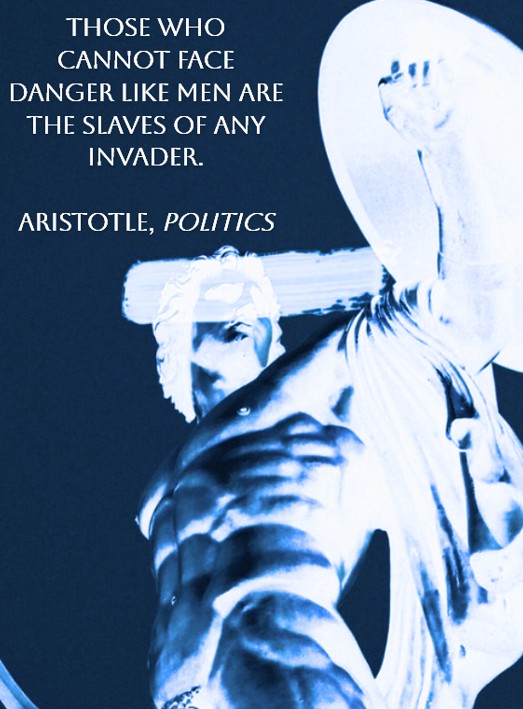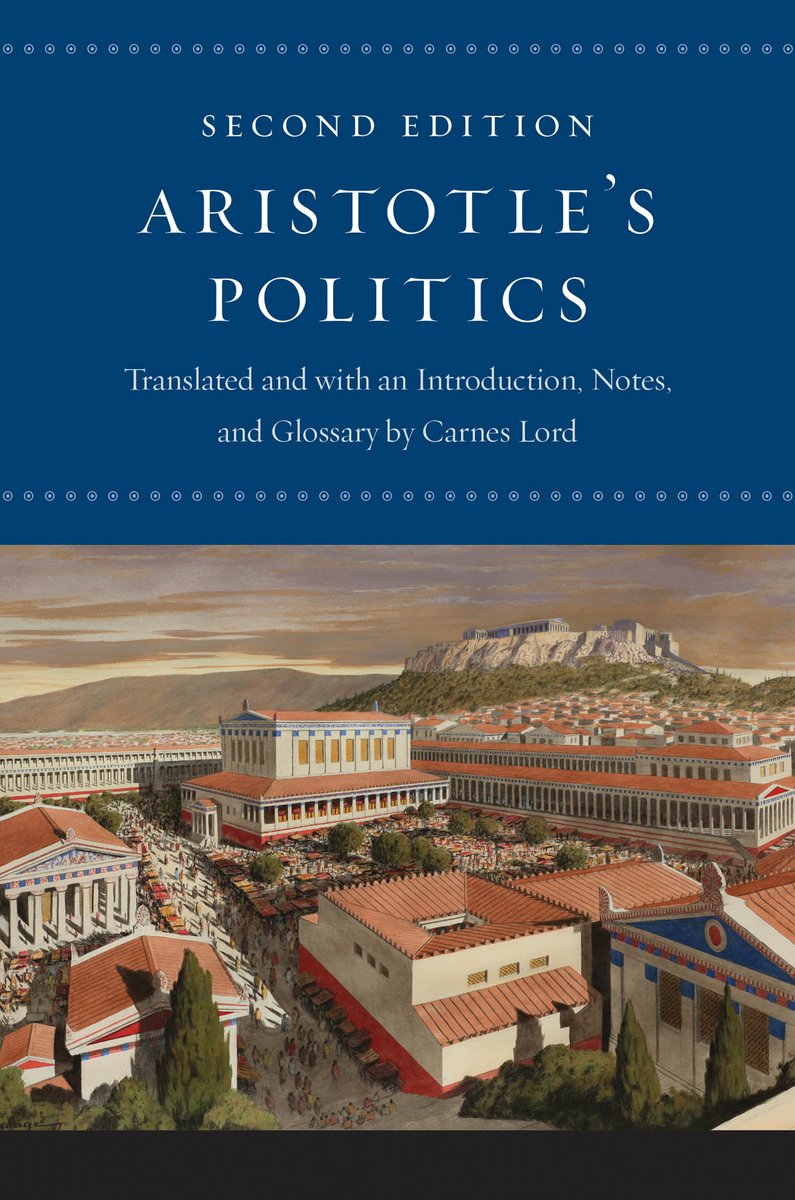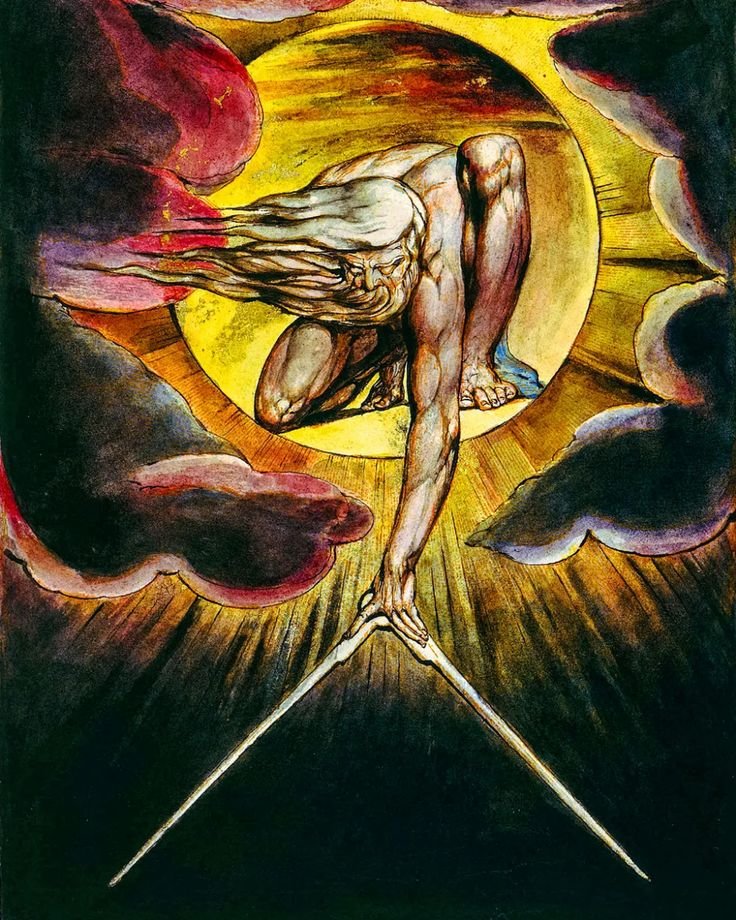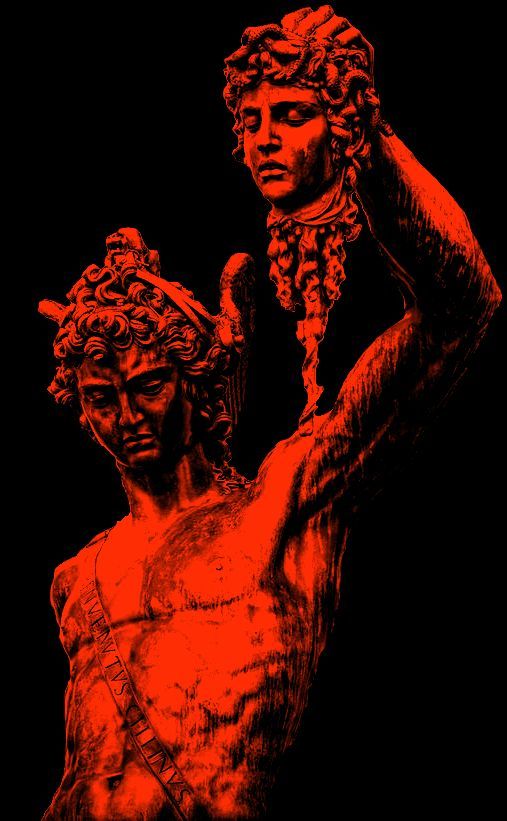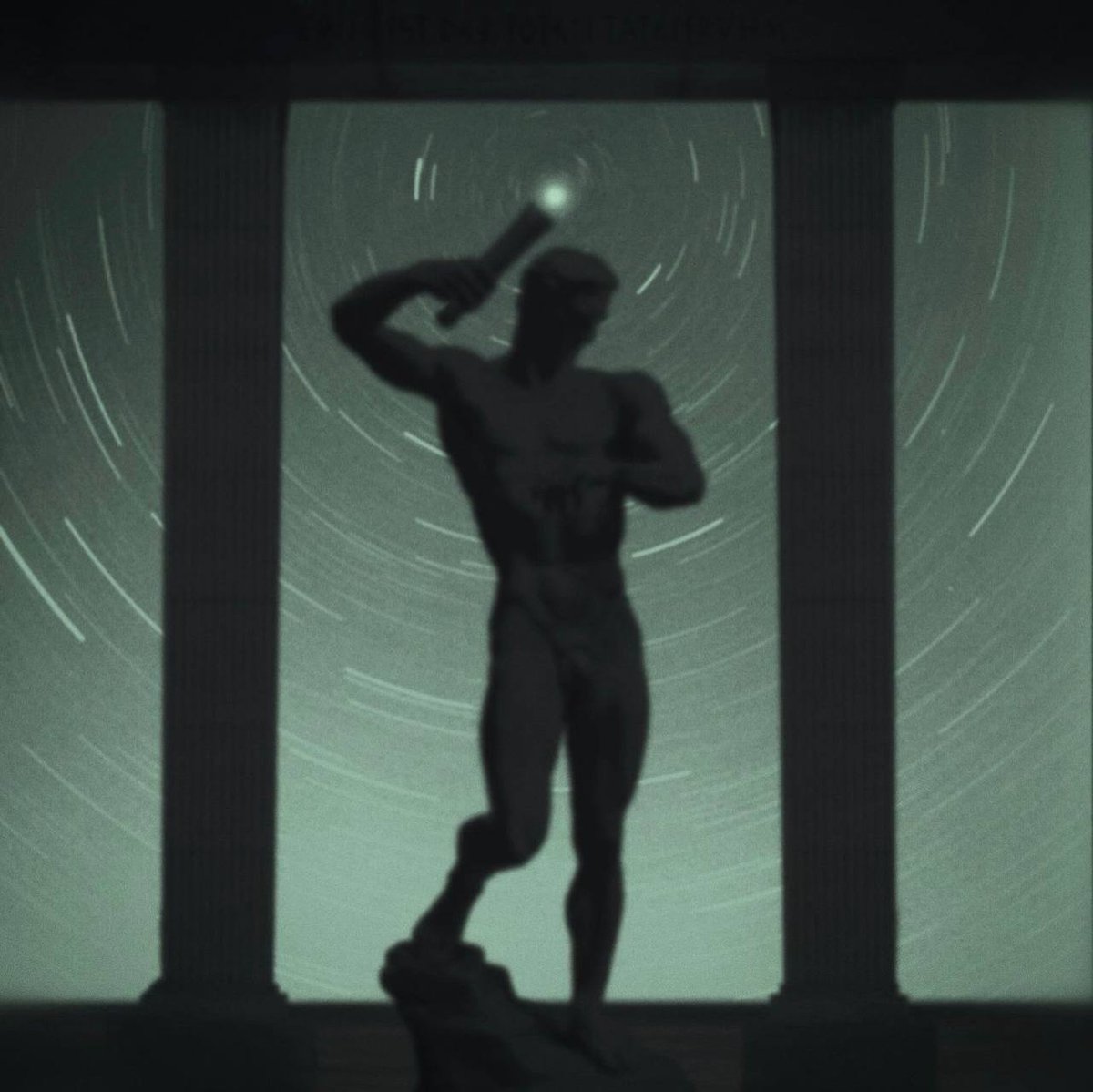1/ Weimar Problems Require Weimar Solutions
We have all heard this phrase, yet the chaos and turmoil of our own time now give it a sharper and more unsettling meaning. What once sounded like rhetorical exaggeration has become the daily condition of American life.
Rising crime corrodes the fabric of order, hyper-political partisanship has become a contest of mutual destruction, and White America finds itself increasingly grouped together as the common enemy of every faction. The government, the media, activist lobbies, and minority blocs converge in their hostility, ensuring that the boundary between civic debate and physical violence grows ever thinner. The casual brutality of everyday life now bleeds into the political realm. The horrific murder of Iryna Zarutska aboard a Charlotte light-rail train lays bare the lawlessness that now consumes even mundane public spaces.
In contrast, the assassination of Charlie Kirk, an explicit strike against a public figure, demonstrates that political violence has likewise reentered the sphere of possibility. These events are not isolated anomalies but symptomatic of an urgent, escalating condition. What once seemed unimaginable in a stable Western society is now our reality.
This was the lesson of Weimar: when the state refused to act, chaos spread unchecked, and into that void the Freikorps arose. If America’s leaders remain paralyzed, the same outcome awaits us. And perhaps that is no cause for despair. Better that men step forward to defend what the state will not, than to watch a nation dissolve without resistance.
We have all heard this phrase, yet the chaos and turmoil of our own time now give it a sharper and more unsettling meaning. What once sounded like rhetorical exaggeration has become the daily condition of American life.
Rising crime corrodes the fabric of order, hyper-political partisanship has become a contest of mutual destruction, and White America finds itself increasingly grouped together as the common enemy of every faction. The government, the media, activist lobbies, and minority blocs converge in their hostility, ensuring that the boundary between civic debate and physical violence grows ever thinner. The casual brutality of everyday life now bleeds into the political realm. The horrific murder of Iryna Zarutska aboard a Charlotte light-rail train lays bare the lawlessness that now consumes even mundane public spaces.
In contrast, the assassination of Charlie Kirk, an explicit strike against a public figure, demonstrates that political violence has likewise reentered the sphere of possibility. These events are not isolated anomalies but symptomatic of an urgent, escalating condition. What once seemed unimaginable in a stable Western society is now our reality.
This was the lesson of Weimar: when the state refused to act, chaos spread unchecked, and into that void the Freikorps arose. If America’s leaders remain paralyzed, the same outcome awaits us. And perhaps that is no cause for despair. Better that men step forward to defend what the state will not, than to watch a nation dissolve without resistance.

2/ History does not repeat itself in the same form, yet it does return in cycles, presenting the same crises beneath new appearances. The comparison between America and Weimar is therefore not about tracing replicas but about recognizing recurring patterns. The fractures of legitimacy, the collapse of confidence, the descent of politics into open struggle are not unique to Germany after the Great War. They reappear wherever a people, and thus a civilization, has lost faith in its continuity. The names change, the costumes change, but the underlying drama is the same.
The Weimar Republic itself was born out of military defeat and revolutionary upheaval. From its first days it was besieged by violence, and that violence began with the Left. The Spartacist revolt in Berlin, followed by a wave of communist uprisings across German cities, brought chaos to the streets and set the pattern for years of turmoil. The central government stood paralyzed, unwilling to act decisively, unwilling to defend its own people. Out of that paralysis the Freikorps arose, hardened men from the trenches who refused to watch their nation collapse without resistance. They were not an accident of history but its necessity, for when authority abdicates, others must fill the void.
The Weimar Republic itself was born out of military defeat and revolutionary upheaval. From its first days it was besieged by violence, and that violence began with the Left. The Spartacist revolt in Berlin, followed by a wave of communist uprisings across German cities, brought chaos to the streets and set the pattern for years of turmoil. The central government stood paralyzed, unwilling to act decisively, unwilling to defend its own people. Out of that paralysis the Freikorps arose, hardened men from the trenches who refused to watch their nation collapse without resistance. They were not an accident of history but its necessity, for when authority abdicates, others must fill the void.

3/ Weimar’s disorder was most visible in its streets. The Freikorps, the communists, and the rival paramilitary formations turned the city square into a battlefield where the fate of the Republic was tested day by day. Ernst von Salomon’s “The Outlaws” captures this moment with unflinching clarity. He describes young men shaped by the Great War, unable to return to private life, carrying their struggle into the streets of Berlin and Riga, seeking meaning in combat when the state itself had abandoned them. They were animated by a sense of betrayal, convinced that the government’s compromises amounted to treason, and they saw violence not as an aberration but as a continuation.
America’s disorder wears a different mask, yet it springs from the same soil of disintegration. At present there are no disciplined ranks of veterans or organized formations confronting the crisis. The streets belong instead to violent leftist militants, deranged in their fanaticism and animated with a kind of religious zeal, whose purpose is not debate but suppression, not persuasion but intimidation. Their task is to prevent opponents from assembling at all, to monopolize public space and to enforce their ideology by force. The law does not rise above these conflicts but bends according to which faction holds the stronger grip on the system, just as in Weimar the judiciary swayed between indulgence and repression according to political convenience.
America’s disorder wears a different mask, yet it springs from the same soil of disintegration. At present there are no disciplined ranks of veterans or organized formations confronting the crisis. The streets belong instead to violent leftist militants, deranged in their fanaticism and animated with a kind of religious zeal, whose purpose is not debate but suppression, not persuasion but intimidation. Their task is to prevent opponents from assembling at all, to monopolize public space and to enforce their ideology by force. The law does not rise above these conflicts but bends according to which faction holds the stronger grip on the system, just as in Weimar the judiciary swayed between indulgence and repression according to political convenience.

4/ Carl Schmitt, observing the decay of his own Republic, asked the question that every state must answer: who decides in the moment of crisis. Liberal faith in neutral procedures collapses whenever the survival of the regime itself is at stake. America now faces the same dilemma. Courts, bureaucrats, media conglomerates, and security agencies all claim the authority to define the exception, but none possesses the legitimacy to command universal assent.
This diffusion of power, celebrated by liberalism as a safeguard of liberty, has instead produced paralysis and fragmentation. A creeping sense prevails that no one truly governs. Authority is not exercised openly but asserted indirectly through selective prosecutions, partisan legalism, and the empowerment of auxiliaries. Judges, far from being impartial guardians of the law, are unaccountable figures whose rulings follow political convenience rather than principle, deepening the impression that justice is no longer blind but weaponized. Militants in the streets, media inquisitions, and unaccountable NGOs all serve to enforce the regime’s will under the mask of legality. Power is dispersed, hidden, and unacknowledged, yet no less coercive.
This is precisely the condition that once summoned the Freikorps. When the state refused to decide, others decided in its place. America has reached the same point, and the question is no longer abstract. Someone must decide the exception. Either Trump does so as the figure who still embodies national authority, or the vacuum will invite others to take up that role in the only way left.

This diffusion of power, celebrated by liberalism as a safeguard of liberty, has instead produced paralysis and fragmentation. A creeping sense prevails that no one truly governs. Authority is not exercised openly but asserted indirectly through selective prosecutions, partisan legalism, and the empowerment of auxiliaries. Judges, far from being impartial guardians of the law, are unaccountable figures whose rulings follow political convenience rather than principle, deepening the impression that justice is no longer blind but weaponized. Militants in the streets, media inquisitions, and unaccountable NGOs all serve to enforce the regime’s will under the mask of legality. Power is dispersed, hidden, and unacknowledged, yet no less coercive.
This is precisely the condition that once summoned the Freikorps. When the state refused to decide, others decided in its place. America has reached the same point, and the question is no longer abstract. Someone must decide the exception. Either Trump does so as the figure who still embodies national authority, or the vacuum will invite others to take up that role in the only way left.


5/ The essence of Weimar was not merely violence but the instability that gave birth to it, a political order too weak to resolve its crises and too divided to unite its people. America now lives in that same instability. Elections no longer reconcile but inflame. Media does not inform but agitates. Courts do not arbitrate but punish. Citizens, joined now by growing numbers of non-citizens, retreat into camps of mutual suspicion, convinced that their adversaries are not fellow countrymen but enemies who must be subdued or destroyed. Every public event, whether a demonstration, a hearing, or a trial, becomes a theater in which legitimacy itself is contested.
Acceleration rarely benefits those who seek it. When the Right struck prematurely, as with the Kapp Putsch or the assassination of Rathenau, the Republic was only strengthened and repression intensified. In America the pattern is different: almost all political violence comes from the Left, yet each incident is seized by the establishment as justification for broader repression against the Right. Disorder provides opportunity for those who command the organs of law and propaganda, and the regime knows how to exploit outrage to expand its reach. But repression cannot mask weakness forever.
No regime can survive indefinitely on a philosophy built upon the negative and the utopian, a creed that preaches liberation from every bond that holds a people together: from God, from nation, from race, from family, and from duty itself. Such a creed is a war against life and a denial of reality, and it must rely on lawfare, propaganda, structural inefficiency, and ideological fanaticism to hold itself together, which produces unchecked chaos. The contradictions accumulate until the structure collapses beneath their weight. Schmitt’s insight that liberalism cannot decide the exception is confirmed daily. When a society cannot answer who rules, who protects, and who decides the exception, it is already doomed.
Instability cannot last forever. The void will be filled, either by decisive leadership from above or by forces rising outside the state to do what the state will not. America now stands at that threshold. Either President Trump acts with the authority necessary to restore order, or the vacuum will summon others to fill it. If he does not, history will not pause; it will repeat. And as before, when the state abandons its duty, men will step forward to claim it, not as chaos but as necessity, as the Freikorps once did.
Acceleration rarely benefits those who seek it. When the Right struck prematurely, as with the Kapp Putsch or the assassination of Rathenau, the Republic was only strengthened and repression intensified. In America the pattern is different: almost all political violence comes from the Left, yet each incident is seized by the establishment as justification for broader repression against the Right. Disorder provides opportunity for those who command the organs of law and propaganda, and the regime knows how to exploit outrage to expand its reach. But repression cannot mask weakness forever.
No regime can survive indefinitely on a philosophy built upon the negative and the utopian, a creed that preaches liberation from every bond that holds a people together: from God, from nation, from race, from family, and from duty itself. Such a creed is a war against life and a denial of reality, and it must rely on lawfare, propaganda, structural inefficiency, and ideological fanaticism to hold itself together, which produces unchecked chaos. The contradictions accumulate until the structure collapses beneath their weight. Schmitt’s insight that liberalism cannot decide the exception is confirmed daily. When a society cannot answer who rules, who protects, and who decides the exception, it is already doomed.
Instability cannot last forever. The void will be filled, either by decisive leadership from above or by forces rising outside the state to do what the state will not. America now stands at that threshold. Either President Trump acts with the authority necessary to restore order, or the vacuum will summon others to fill it. If he does not, history will not pause; it will repeat. And as before, when the state abandons its duty, men will step forward to claim it, not as chaos but as necessity, as the Freikorps once did.

6/ I had originally posted this essay with the assassination video, but X placed a warning on it and many said they could not even read it.
I still believe it is necessary to convey the horror of what that video revealed. The killing of Charlie Kirk was not just the murder of one man, it was an attack on the very possibility of lawful political life in America. It was an attack on us as a people, on Whites as a whole. It shows with perfect clarity what we are up against.
Those who carried out this act, and those who cheer it, do not see you as fellow citizens or even as human beings. To them you are “evil fascists” to be hunted down and destroyed at any cost.
They have no respect for you, for your family, or for anything sane and normal. They are degenerates of the highest order, allowed to fester and spread in a society too cowardly to name them. Their creed is hatred, their instinct is destruction, their aim is your silence and your erasure.
To look away is to pretend this sickness does not exist, when in truth it grows bolder and more vicious every time it goes unanswered.
RIP Charlie Kirk. Prayers to his wife, his children, and his family.
I still believe it is necessary to convey the horror of what that video revealed. The killing of Charlie Kirk was not just the murder of one man, it was an attack on the very possibility of lawful political life in America. It was an attack on us as a people, on Whites as a whole. It shows with perfect clarity what we are up against.
Those who carried out this act, and those who cheer it, do not see you as fellow citizens or even as human beings. To them you are “evil fascists” to be hunted down and destroyed at any cost.
They have no respect for you, for your family, or for anything sane and normal. They are degenerates of the highest order, allowed to fester and spread in a society too cowardly to name them. Their creed is hatred, their instinct is destruction, their aim is your silence and your erasure.
To look away is to pretend this sickness does not exist, when in truth it grows bolder and more vicious every time it goes unanswered.
RIP Charlie Kirk. Prayers to his wife, his children, and his family.

• • •
Missing some Tweet in this thread? You can try to
force a refresh


